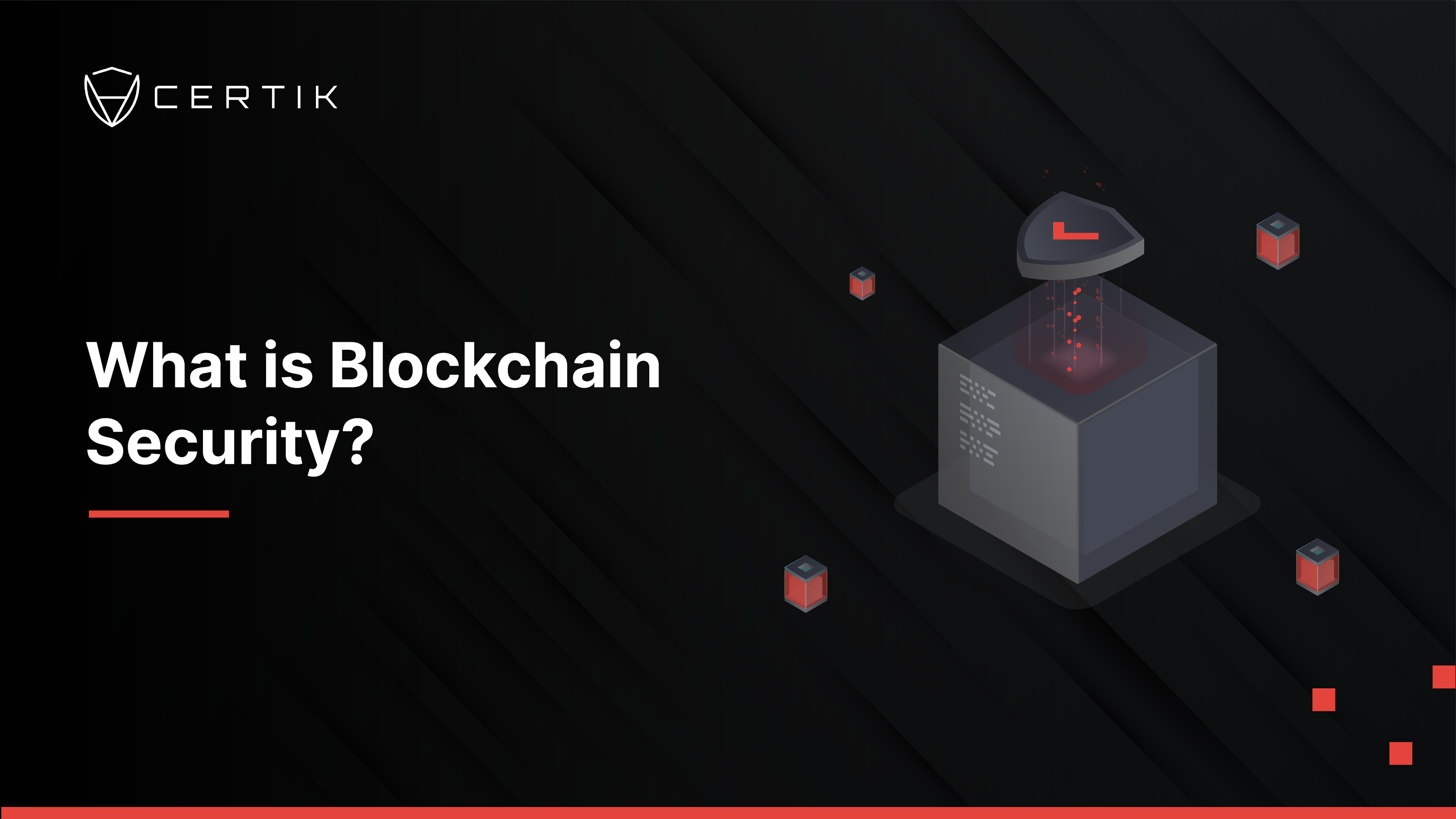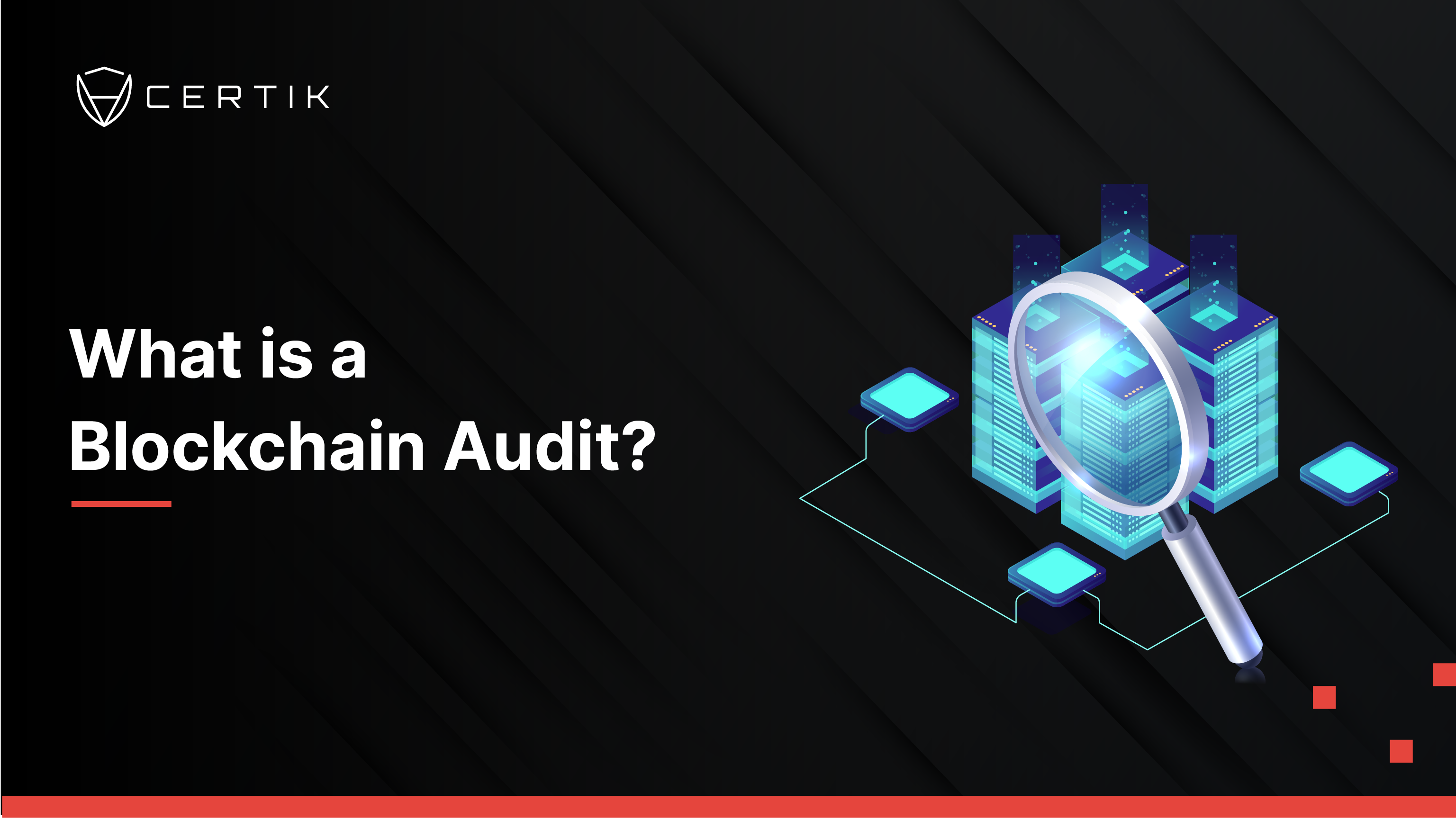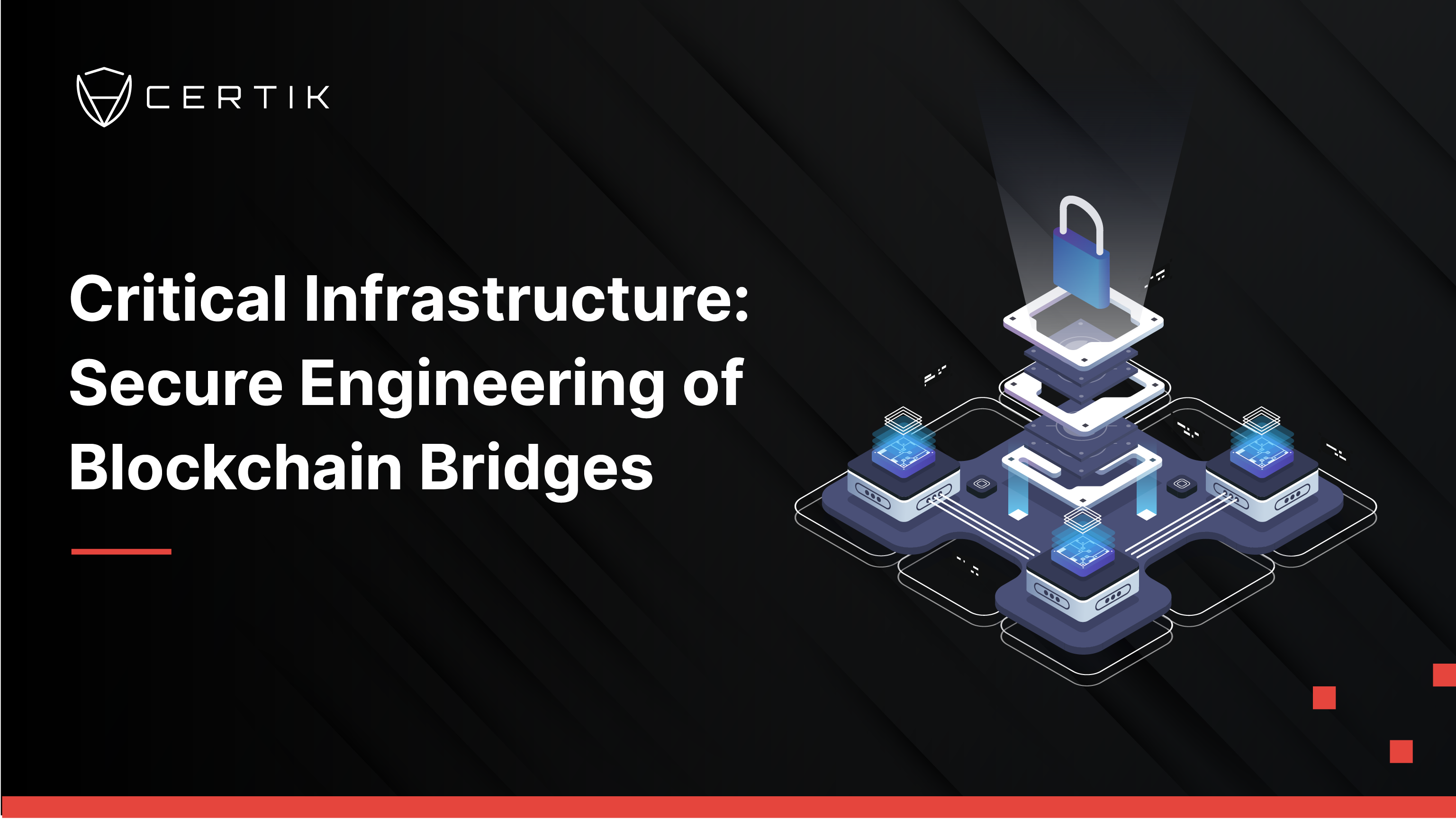Blockchain security is one of the biggest hurdles to mass adoption and is one of the biggest worries for outsiders not involved in the space.

With cyber attacks on the rise and cybersecurity becoming more important, with any new technology, such as blockchain, the first question from many is “how secure is it?”. The technology has become increasingly prevalent in recent years as the cryptocurrency markets have moved toward center stage. One reason for its rapid adoption is that blockchain is designed to offer unparalleled security to digital information.
To really understand blockchain security, the risks, and ways to minimize the risk, we must first truly understand what blockchain is.
Simply put, blockchain is a shared, immutable ledger that facilitates the process of recording transactions and tracking assets in a business network. Blockchains are best known for their crucial role in cryptocurrency systems for maintaining a secure and decentralized record of transactions. One key difference between a typical database and a blockchain is how the data is structured. A blockchain collects information together in groups, known as blocks, that hold sets of information. Blocks have certain storage capacities and, when filled, are closed and linked to the previously filled block, forming a chain of data known as the blockchain. All new information that follows that freshly added block is compiled into a newly formed block that will then also be added to the chain once filled.
What sets blockchain apart from other online transaction types is that the data is replicated, stored and verified across several nodes, rather than held by one central authority. When a user requests a transaction, the details of that transaction are broadcast to all those nodes in a peer-to-peer fashion. This prevents anyone from stopping or censoring the transactions by certain individuals
Benefits of Blockchain
- Eliminate the need for centralized control and the additional costs
- Trust is distributed between blockchain members
- Transactions are digitally signed using an asset owner public/private key pair
- Once recorded, data in a block cannot be altered retroactively
- Open, distributed ledgers record transactions between two parties efficiently and in a verifiable and permanent way
- Transactions don’t have to be just data – they can also be code or smart contracts
With blockchain technology, we no longer need to involve that third party when swapping two digital assets, hence the decentralization. Instead, we only need to trust a small program on top of the blockchain, which we call a smart contract, to correctly encode the transaction logic.
While blockchain technology is promising, the reality is that there’s still a lot of work to be done to ensure that blockchain security has evolved enough to support broader adoption. While blockchain technology produces a tamper-proof ledger of transactions, blockchain networks are not immune to cyberattacks and fraud. Those with ill intent can manipulate known vulnerabilities in blockchain security and have succeeded in various hacks and frauds over the years.
Blockchain Security Challenges
Blockchain isn’t perfect. There are ways that cyber criminals can manipulate blockchain security vulnerabilities and cause severe damage. Here are four common ways that hackers can attack blockchain technology.
- Routing attacks. Blockchains depend on immense data transfers performed in real-time. Resourceful hackers can intercept the data on its way to ISPs (Internet Service Providers). Unfortunately, blockchain users don’t notice anything amiss.
- 51% attacks. Large-scale public blockchains use a massive amount of computing power to perform mining. However, a group of unethical miners can seize control over a ledger if they can bring together enough resources to acquire more than 50% of a blockchain network’s mining power. Private blockchains aren’t susceptible to 51% attacks, however.
- Sybil attacks. Named for the book that deals with multiple personality disorder, Sybil attacks flood the target network with an overwhelming amount of false identities, crashing the system.
- Phishing attacks. This classic hacker tactic works with blockchain as well. Phishing is a scam wherein cyber-criminals send false but convincing-looking emails to wallet owners, asking for their credentials.
The whole point of using a blockchain is to let people - in particular, people who don’t trust one another - share valuable data in a secure, tamperproof way. That’s because blockchains store data using sophisticated math and innovative software rules that are extremely difficult for attackers to manipulate. But the blockchain security of even the best-designed blockchain systems can fail in places where the fancy math and software rules come into contact with humans, who are skilled cheaters, in the real world, where things can get messy.
How to Combat These Challenges
Blockchain security is about understanding blockchain network risks and managing them. When establishing a private blockchain, ensure that it's deployed in a secure, resilient infrastructure. Poor underlying technology choices for business needs and processes can lead to data security risks through their vulnerabilities.
With blockchain still being a relatively new technology that is growing and improving every day, blockchain security challenges are also evolving. With these evolving challenges, CertiK is constantly creating new services to help combat these.
While blockchain security poses potential risks, there is much that cyber security professionals can do to mitigate these threats.
The first step in blockchain security is smart contract audits to identify vulnerabilities in the smart contract. Through CertiK’s smart contract audit service, our industry-leading audit methodology and tooling includes a review of the code’s logic, with a mathematical approach to ensure the program works as intended. After an initial review, CertiK shares its findings, and recommendations on how to resolve the issues, with the client. This process ensures that the client is aware of the issues and has the information needed to fix them to ensure the smoothness and correctness of the contract.
Blockchain penetration testing is a security assessment process done by ethical hackers or security professionals to test the security strength of the blockchain-based solution or application. The main aim of blockchain penetration testing is to uncover vulnerabilities and security loopholes and identify misconfiguration errors in the solution. By performing Blockchain penetration testing, organizations get insights on the overall security posture of their blockchain security and also allow them to fix the potential weaknesses for their blockchain-based solutions or applications. CertiK’s Penetration Testing service offers a safe and in-depth attack simulation to expose the most complex vulnerabilities on your crypto exchanges, wallets and Dapps. Our continuous pen-testing process follows 6 key steps for discovery, testing, reporting findings, and re-testing once fixes are made.
CertiK’s new Skynet service, which essentially acts as antivirus for smart contracts, is a scalable security solution that leverages automated technologies to check deployed smart contracts for vulnerabilities. Skynet utilizes real-time data to provide actionable security insights. Analyzing metrics such as the number of transactions interacting with a protocol, the number of discrete users, and the number of events emitted by a protocol can provide a wealth of information that paints a specific picture of a platform’s functioning over time. Individual traders and investors can make use of these tools to monitor platforms and projects in which they have invested.
While blockchain is perhaps one of the most secure data protection technologies out there today, taking its security for granted would be a folly. As the blockchain technology evolves, so will its vulnerabilities and we must stay one step ahead.



